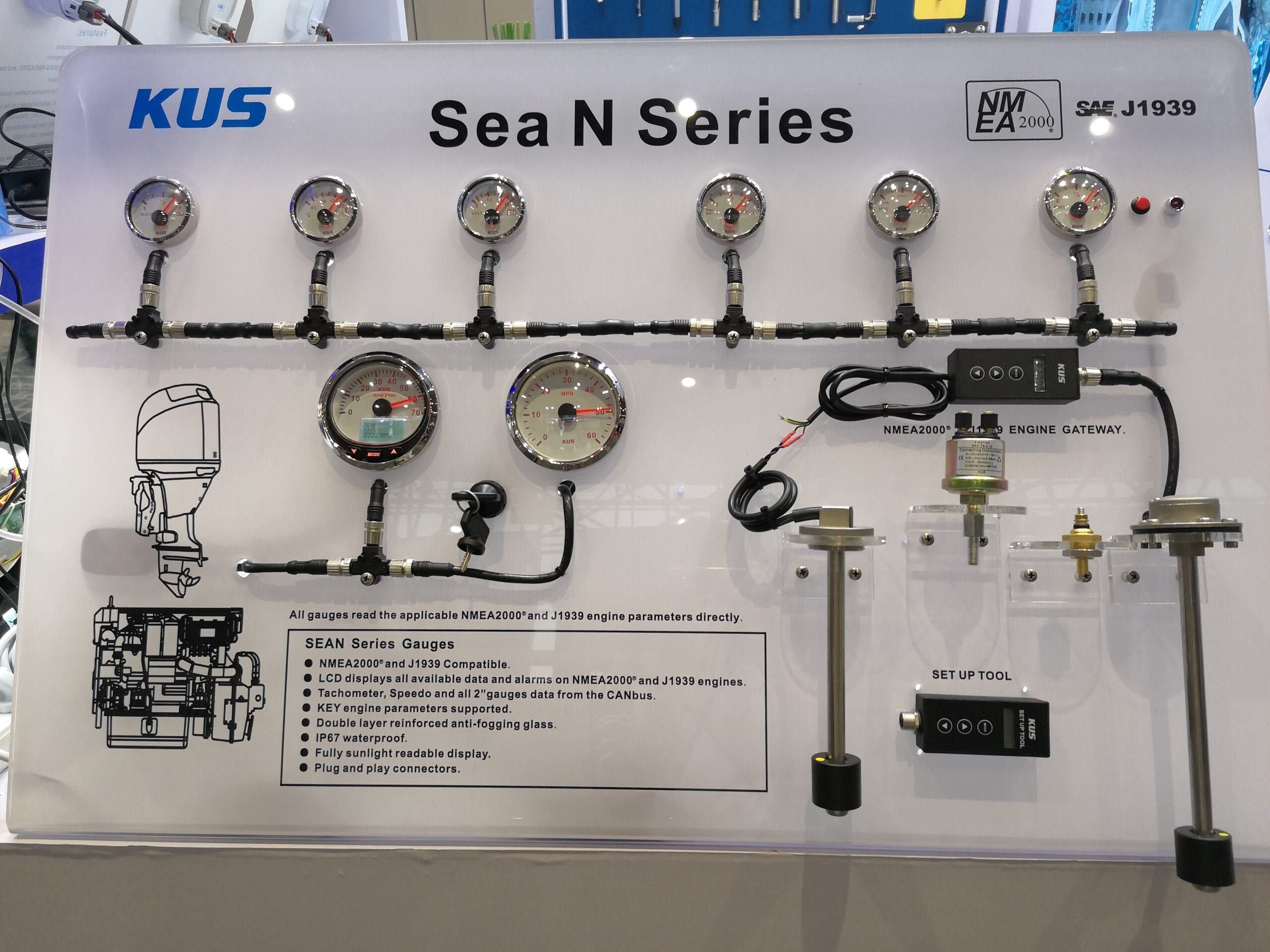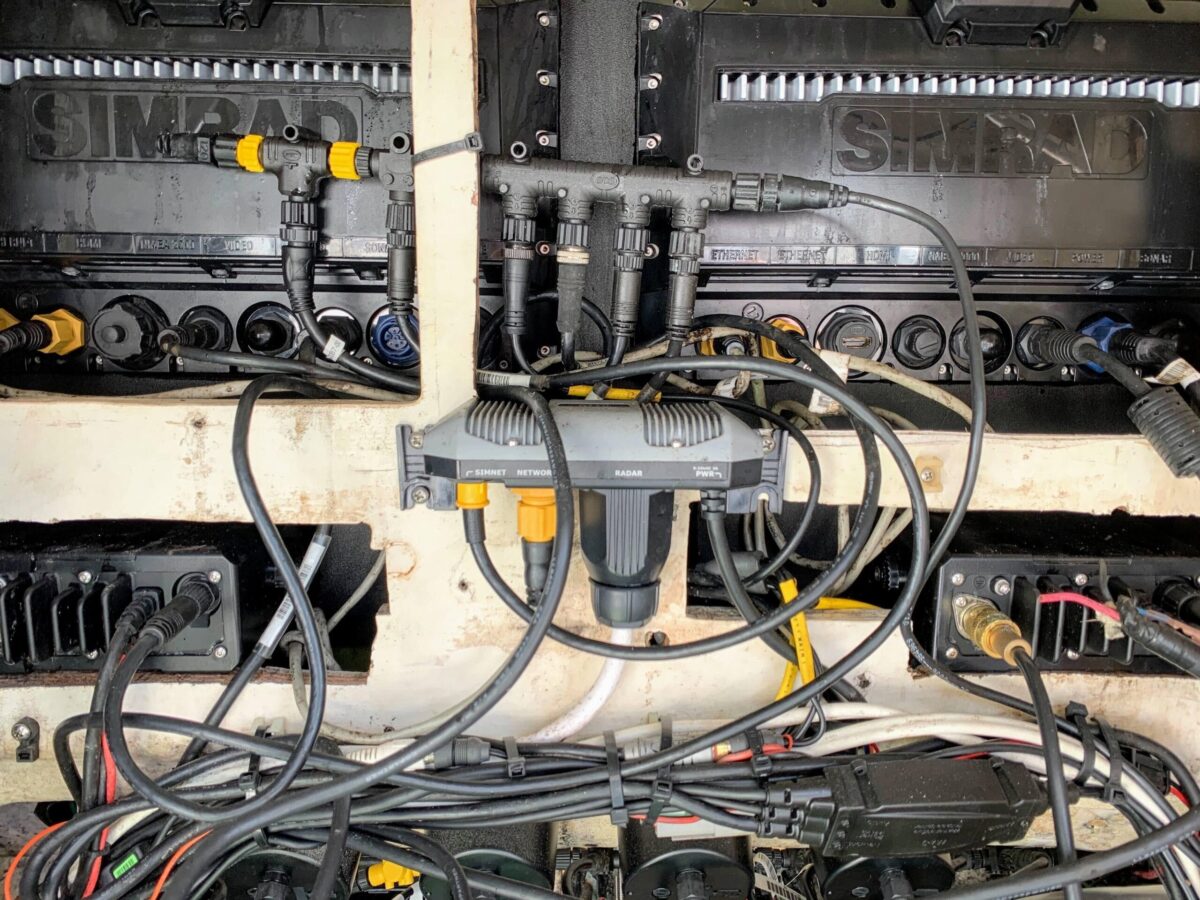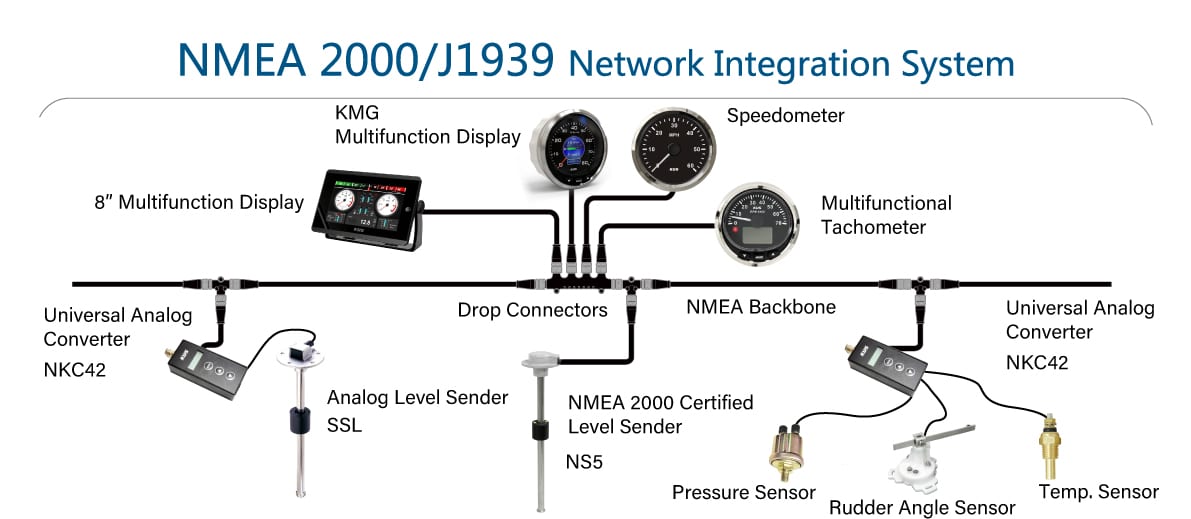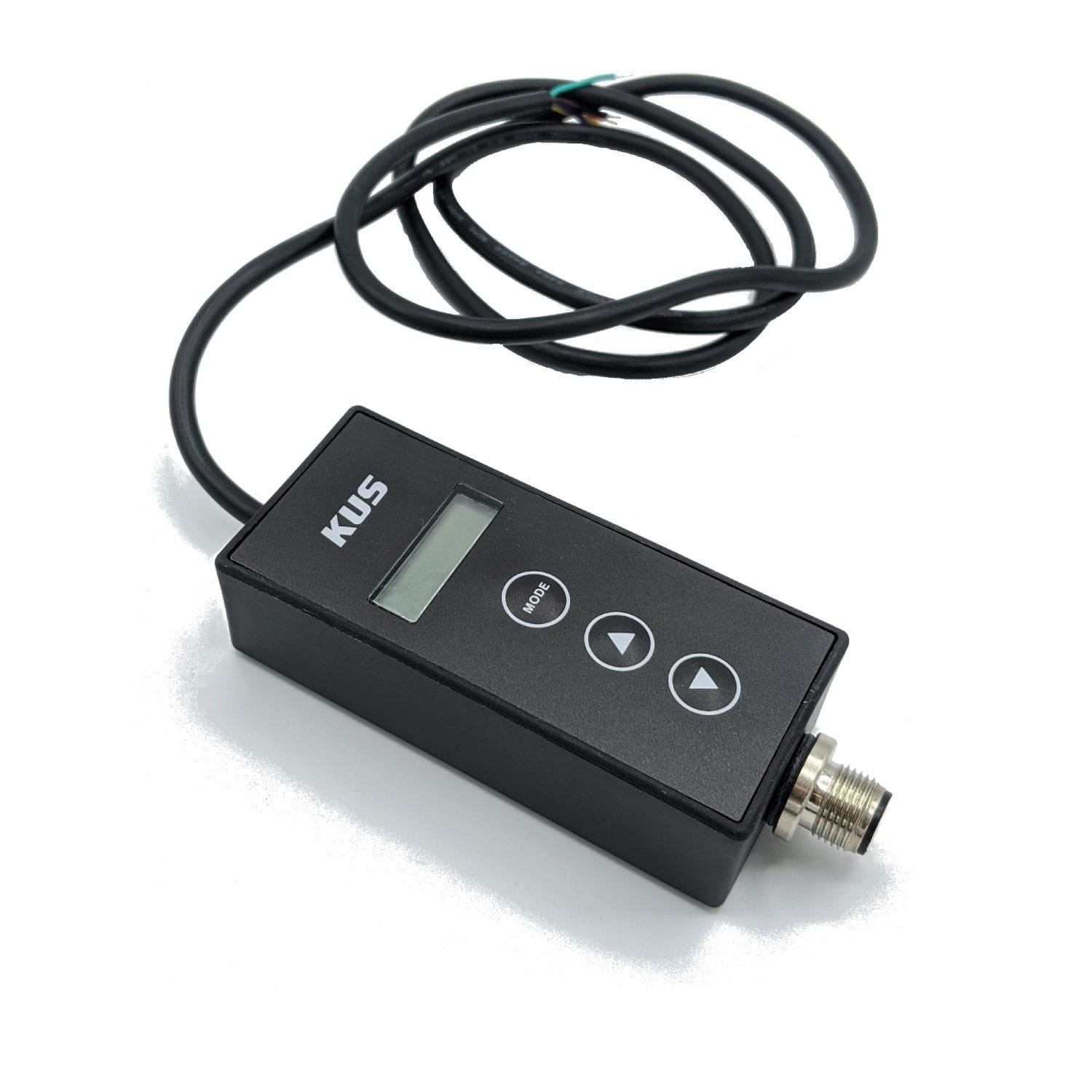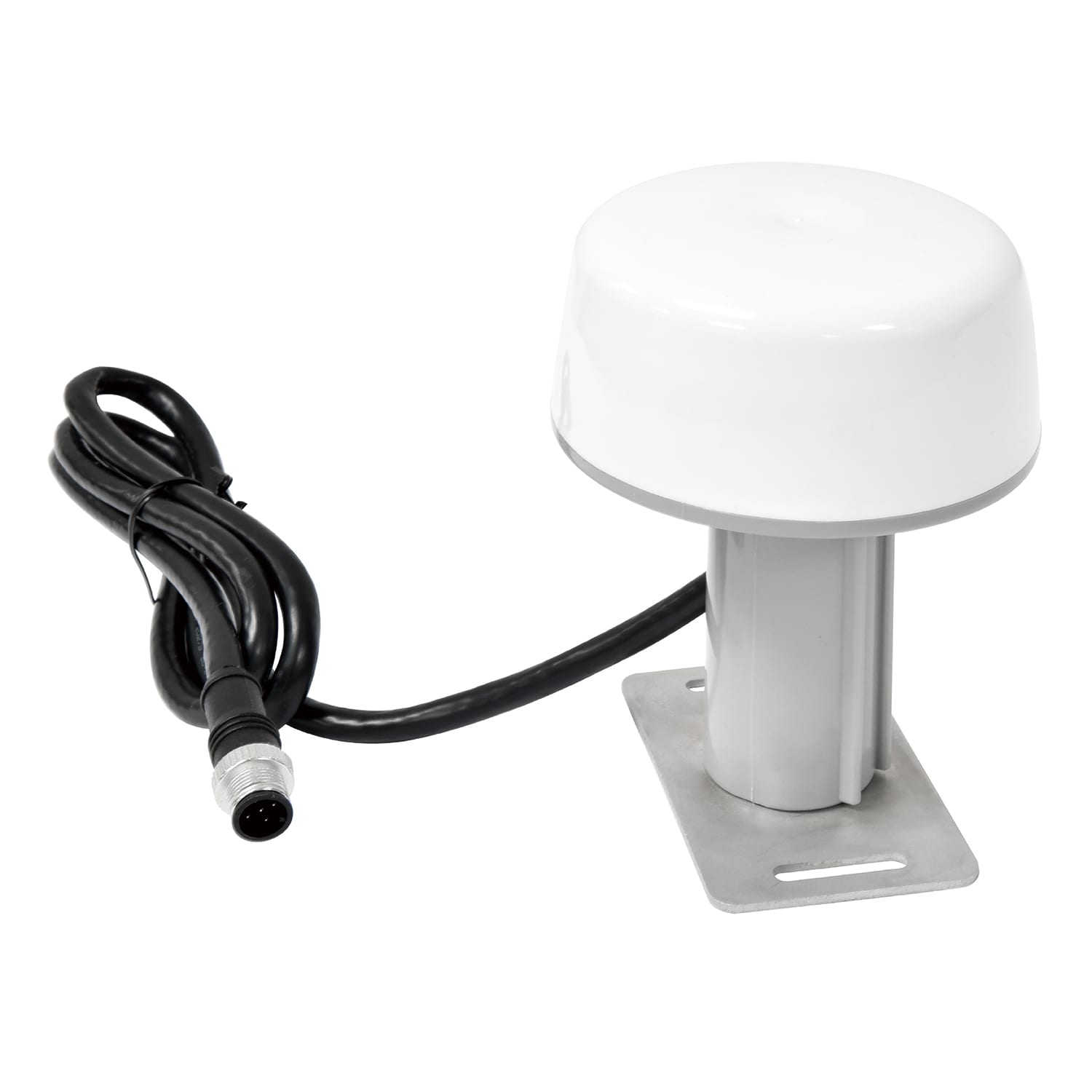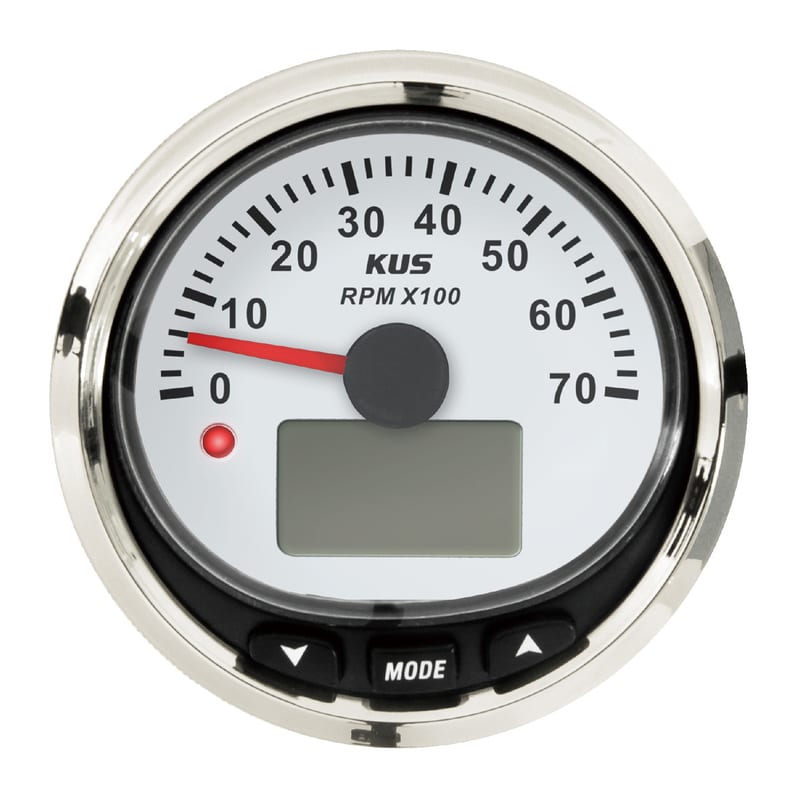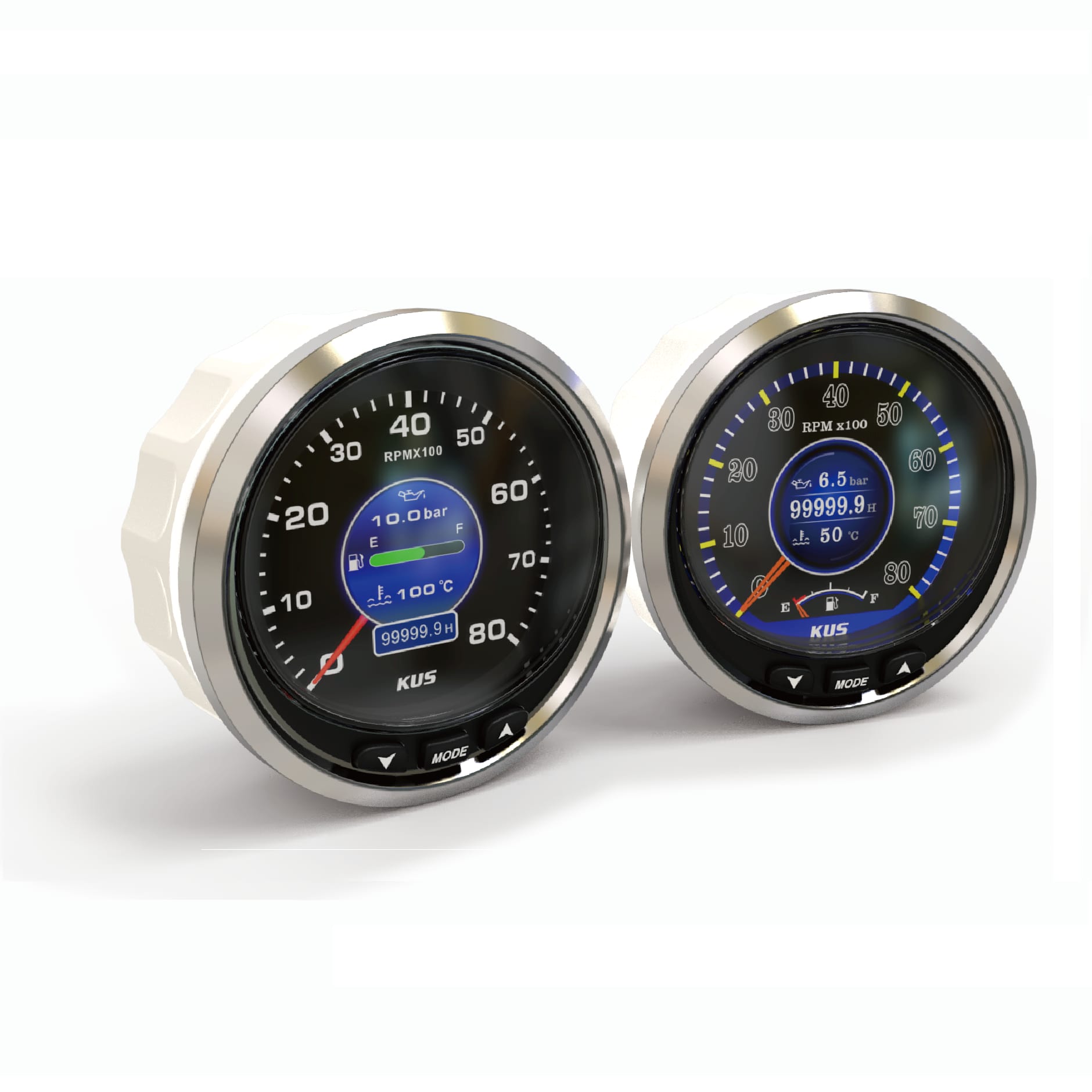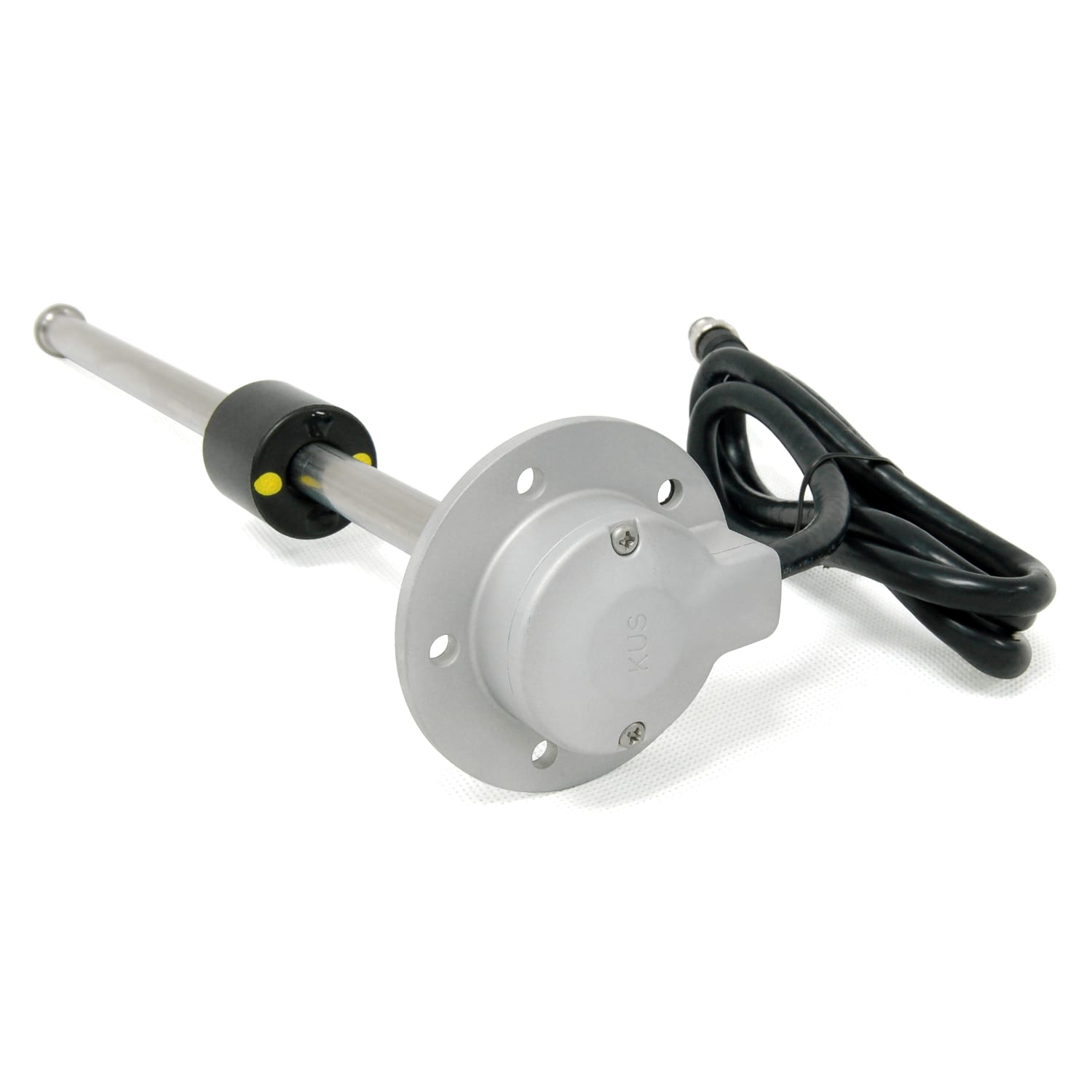Communication protocols are sets of rules and procedures that govern how different electronic devices and systems communicate and exchange information. These protocols determine how to format, send, and receive digital messages. This ensures reliable, efficient, and accurate data transmission across devices.
NMEA 2000 is a communication protocol commonly used in the marine industry. It allows devices from different manufacturers to seamlessly work together, thereby improving interoperability and integration with existing systems. This guide covers the basics of what NMEA 2000 is, how it works, and some of the KUS products designed to work with NMEA 2000 systems.
What Is NMEA 2000?
NMEA 2000 is a plug-and-play communications standard used for connecting marine instrumentation within vessels. The plug-and-play interface allows devices made by different manufacturers to communicate with each other within the same network without causing interference between devices.
The National Marine Electronics Association (NMEA) is a group founded in 1957 to improve collaboration among electronic device manufacturers. It achieved this by establishing communication standards for electronic devices in marine vehicles. NMEA developed the standard NMEA 0183 and its successor, NMEA 2000. These standards enabled devices from different manufacturers to integrate seamlessly with one another.
How does NMEA 2000 work?
NMEA 2000, commonly shortened to NMEA2K or N2K, uses Controller Area Network (CAN) technology originally designed for the automotive industry. NMEA 2000 builds upon the SAE J1939 high-level protocol but uses its own messaging scheme. However, NMEA 2000 devices and J1939 devices can operate on the same physical network.
NMEA 2000 is an updated version of the NMEA 0183 serial data bus standard. Compared to NMEA 0183, NMEA 2000 has a significantly higher data rate (250k bits/second vs. 4800 bits/second). It also uses a compact binary message format as opposed to the ASCII serial communications protocol. In addition, NMEA 2000 supports a disciplined multiple-talker, multiple-listener data network. This listener data network is more advanced than the single-talker, multiple-listener (simplex) serial communications protocol used by NMEA 0183. As a result, NMEA 2000 provides better performance and more reliable communication for marine vessels.
NMEA 2000 Setup
Marine vessel owners and product installers use NMEA 2000 to establish a system of connected devices on a marine vessel. To set up this network, compatible devices are connected to a central cable, known as a backbone, via T-connectors and drop cables. The backbone serves as a central link between all devices connected to the network. It powers each instrument, and relays digital information throughout the entirety of the system.
Like the SAE J1939 network it is based on, the NMEA 2000 network uses a bus topology that requires a single 120Ω (ohm) termination resistor at each end of the bus. These resistors are connected in parallel, resulting in a total resistance of 60Ω for a properly terminated bus. The maximum distance for any device from the bus is six meters, while the maximum backbone cable length is 100 meters (328 feet).
With NMEA 2000, display units can simultaneously show multiple sources of information. This means different instruments can work together without conflicts. Even in the event that a single unit fails or becomes unresponsive, the rest of the network can still function and share information.
The NMEA 2000 network operates on 12-volt DC power. Connectors with positive and ground wires, including inline fuses for the positive wire, can supply onboard power to the backbone of the network. These power cables should be connected near the center of the backbone to ensure proper functioning of the system.
NMEA 2000 Product Compatibility
Common examples of marine instrumentation compatible in the NMEA 2000 network include GPS receivers, autopilots, wind instruments, depth sounders, navigation instruments, engine instruments, and nautical chart plotters. The NMEA 2000 network allows instruments to be interconnected, enabling systems to use data from one instrument as input for others.
Examples of intercompatibility include using:
- GPS receiver signals to course correct autopilot.
- Engine RPM and fuel injection rates to calculate fuel remaining.
- Wind sensor data to adjust sail trim for wind conditions.
NMEA 2000 Certified Products by KUS
KUS has been designing and manufacturing sensors and gauges for the marine industry for over 30 years. We offer a multitude of NMEA 2000 products to fit your needs. Our premium products include gauge instrumentation, liquid level senders, and other accessories—all of which are certified by the National Marine Electronics Association (NMEA) to exceed rigorous standards.
Accessories
When upgrading to a new NMEA 2000 system, boat owners often need to connect both old and new equipment. A network signal converter is the most cost-effective choice for integrating older equipment that is still functioning into your new system.
The NKC42 Network Converter is a universal adapter that lets you connect your existing analog equipment to the NMEA 2000 network.
The GPS Antenna receives satellite signal and provides high-precision, real-time location information to the NMEA 2000 and/or J1939 network.
The signal is used for calculating and displaying the location and travel speed of the vessel.
Gauge Instrumentation
The SeaN Series offers easy plug-and-play installation to the NMEA 2000 network while maintaining a clean classic design.
The SeaN series is a collection of eight gauges, including seven single-function gauges and an integrated tachometer. The tachometer displays real-time performance data, such as battery status, engine temperature, oil pressure, and fuel consumption rate.
The KMG Touch/Button gauge is a multifunctional digital instrument developed specifically for boats, yachts, and marine applications. The instrument integrates major functions such as fuel level, oil pressure, tachometer, speedometer, and oil and water temperature all in one device.
The robust and compact design of the device allows users to simultaneously access and display more important information.
Liquid Level Senders
The NS5 Liquid Level Sender is a certified device for the NMEA 2000 network. It offers the flexibility to reset for different fluid types and instances on the network with the KUS setup tool.
Built on proven electric reed switch-level detection technology, the NS5 series provides the same level of reliability, accuracy, and durability that KUS is known for.
Discover More NMEA 2000 Products From KUS
An NMEA 2000 network greatly simplifies the integration of electronics for your marine vessel. Be sure to check out our online store to find more products designed to give you an optimal boating experience.
If you have any questions about NMEA 2000 or any of our other products, contact us today. A member of our team will be happy to work with you to find the best solutions for your boat.

